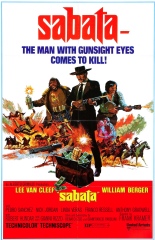
 In Daugherty City, Texas, the U.S. Army has stored $100,000 in the bank overnight — a record amount for the institution. In an ingenious heist, Old West-style, the 2-ton safe is swiped. The next day, it’s returned — along with the dead bodies of the men who stole it — by sharpshooter Sabata (Lee Van Cleef, Escape from New York), who rode into town just before the theft.
In Daugherty City, Texas, the U.S. Army has stored $100,000 in the bank overnight — a record amount for the institution. In an ingenious heist, Old West-style, the 2-ton safe is swiped. The next day, it’s returned — along with the dead bodies of the men who stole it — by sharpshooter Sabata (Lee Van Cleef, Escape from New York), who rode into town just before the theft.
Accepting $5,000 as a reward, Sabata believes the Virginian Brothers acrobatic act, also in town, were in on it. He uses this knowledge against the crime’s mastermind, the wealthy land owner Stengel (Franco Ressel, Blood and Black Lace). Rounds of blackmailing, double-crossing and dynamite-blasting ensue.
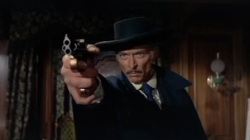 The first of three Italian films on the can’t-miss gunslinger, Sabata is a winning one, not just for showcasing Van Cleef at his bad-ass best, but for having so many tricks up its sleeve. For example, Sabata has another gun concealed within the pop-open butt of his pistol, while his on-again/off-again ally Banjo (William Berger, Keoma) has a rifle hidden inside the ever-present musical instrument that has earned him his nickname.
The first of three Italian films on the can’t-miss gunslinger, Sabata is a winning one, not just for showcasing Van Cleef at his bad-ass best, but for having so many tricks up its sleeve. For example, Sabata has another gun concealed within the pop-open butt of his pistol, while his on-again/off-again ally Banjo (William Berger, Keoma) has a rifle hidden inside the ever-present musical instrument that has earned him his nickname.
Directed by Frank Kramer (an Americanized pseudonym for Gianfranco Parolini, God’s Gun), Sabata brushes a slight 007-ish marinade atop an already above-average spaghetti Western that, like its lead character of “the man with gunsight eyes,” has perfect aim. The stunts — particularly those of the bouncing, leaping acrobats — are amazing. —Rod Lott

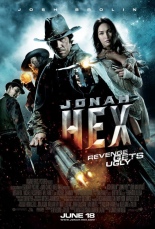
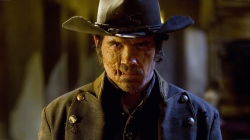
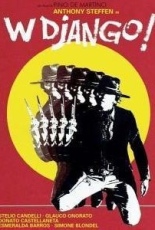
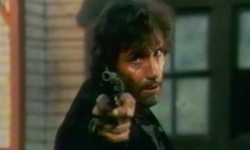

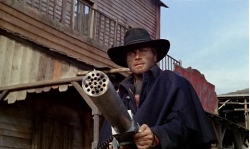
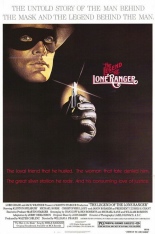
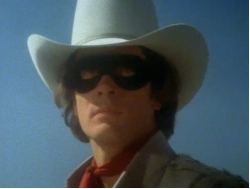 Returning to the movie three decades later, I feared the worst, especially knowing its star discovery — the improbably named Klinton Spilsbury — was a male model who never acted again after having all of his dialogue replaced by James Keach (who occasionally sounds recorded in an echo chamber), so I was pleasantly surprised by how entertaining the experience of watching it turned out to be.
Returning to the movie three decades later, I feared the worst, especially knowing its star discovery — the improbably named Klinton Spilsbury — was a male model who never acted again after having all of his dialogue replaced by James Keach (who occasionally sounds recorded in an echo chamber), so I was pleasantly surprised by how entertaining the experience of watching it turned out to be.